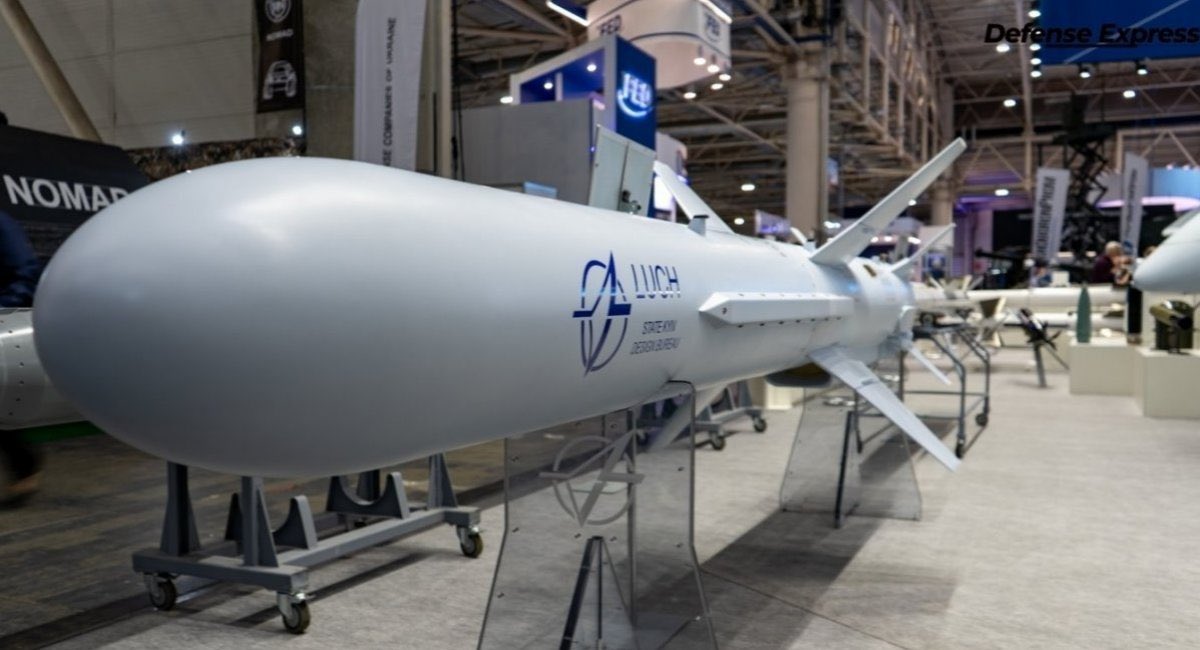The debris of a Ukrainian Neptune cruise missile, notorious for its role in sinking the Russian Navy’s Moskva guided missile cruiser in 2022, has reportedly washed ashore on the coastline of Russia’s Sea of Azov.
This discovery marks the first tangible evidence of one of these missiles being used in combat. This came to light through a video first shared on the Russian-language War History Weapons Telegram channel (@warhistoryalconafter), showcasing the R-360 Neptune ground-launched cruise missile on a beach near the Russian port city of Taganrog.
The footage, emerging on social media on January 29, showcased a largely intact missile. Russian telegram channels have asserted that Russian air defenses intercepted the missile.
According to Ukrainian media, the missile’s condition and the location of its discovery suggest that it might have plunged into the sea during an attack on Crimea.
The distinctive features in the footage confirm the Ukrainian origin of the cruise missile, characterized by its fuselage, flaps, and jet engine nozzle design. However, it remains unclear from the footage whether the missile was manufactured before or during the full-scale invasion.
⚡According to the enemy, video and photos show the wreckage of a Ukrainian R-360 «Neptune» anti-ship missile shot down over the Sea of Azov and washed ashore near Taganrog. pic.twitter.com/WRy897WeNA
— 🇺🇦 UkraineNewsLive🇺🇦 (@UkraineNewsLive) January 29, 2024
The Neptune missile first gained international attention on April 14, 2022, when it dealt a devastating blow to the Russian Navy by sinking the Moskva, one of the largest warships in the Black Sea Fleet and a significant asset in Russia’s naval arsenal.
The loss of the Moskva, estimated at US$750 million, stands as Russia’s most substantial setback in its campaign against Ukraine so far.
Thus, the missile is credited with compelling Russia to withdraw its Black Sea Fleet further from Ukrainian shores. Additionally, its presence has been instrumental in dissuading Moscow from pursuing planned landing operations on Ukrainian territory, notably including Snake Island, situated well within the formidable striking range of the Neptune missile system.
Last year, it was reported that Ukrainian forces had expanded their arsenal with a new land-attack version of the Neptune missile. However, whether the recovered wreckage corresponds to this version remains uncertain.
Reports from August 2023 detail the use of a land-attack Neptune to neutralize a Russian S-400 surface-to-air missile system in Crimea, followed by strikes against a Crimea air base the following month.
Ukrainian Neptune Cruise Missile
The ground-based Neptune system is equipped with guided anti-ship 380mm R-360 missiles and comprises 19 vehicles. The Neptune crew operates six launch systems, each armed with four missiles.
At the heart of the complex, the centralized command is held at the Launch Control Station, overseeing all operations. The crucial launch containers are securely affixed to six dedicated loader vehicles.
Furthermore, a fleet of six transport vehicles is tasked with transporting four containers, each laden with R-360 missiles, reinforcing the mobility and readiness of the system.
This setup enables the launch of up to 24 cruise missiles, each aimed at a different target, with intervals between launches ranging from 3 to 5 seconds.
Flying at 3-10 meters altitude, the missile is engineered to remain virtually undetectable to ship radar, catching the crew unaware of its impending impact.

Upon nearing its target, the missile activates its seeker head and accelerates. Designed to strike ships broadside, just above the waterline, the Neptune missile penetrates armor to detonate its 150kg explosive warhead inside the vessel.
The Neptune missile shares its roots with the Soviet-era Kh-35, exhibiting external similarities that extend to its predecessor. However, distinguishing features such as stepped prominent fins set it apart.
Early Neptune prototypes initially sported a fin configuration similar to the Kh-35, but later iterations adopted the distinctive stepped sweep. The wreckage in the recently emerged video unmistakably aligns with Neptune’s design, including its rear end.
Ukraine’s efforts last year included modifying the Neptune for ground strikes. Officials disclosed plans to equip the missile with a new guidance system, nearing completion at the onset of the conflict.
Specific chip components were required to finalize the system, which was intended to enable targeting of ground installations. The modified missile, designed for launch from existing platforms, boasts a maximum range of 400 km and carries a 350-kilogram warhead (150 kg for the anti-ship variant).
Ukraine has reportedly developed a GPS satellite guidance system to direct the missile toward predetermined targets.
During the final flight phase, an infrared homing system scans for and locks onto the target based on preloaded imagery. The missile aborts the attack if identified objects deviate from the specified target.
Nevertheless, as Moscow captures this valuable Ukrainian standoff strike asset, it gains the opportunity to decode the missile’s functionality. This, in turn, allows Moscow to devise more effective countermeasures, potentially enhancing its overall defense capabilities on the Crimea Peninsula.
- Contact the author at ashishmichel(at)gmail.com
- Follow EurAsian Times on Google News